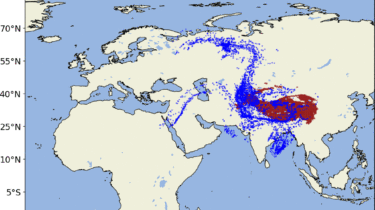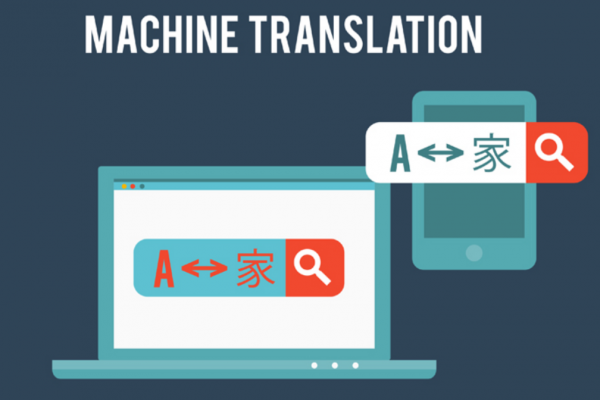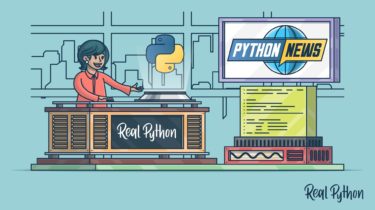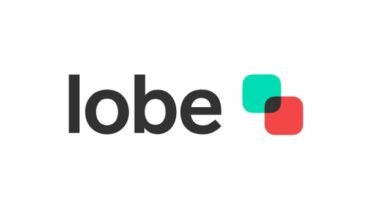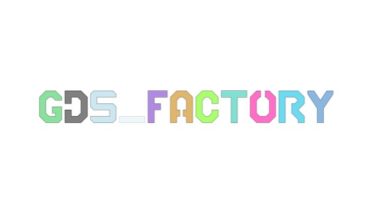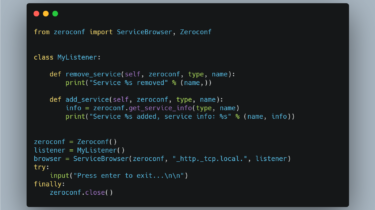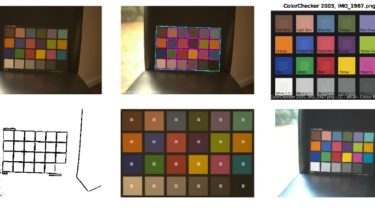A super lightweight Lagrangian model for calculating millions of trajectories using ERA5 data
Easy-ERA5-Trck Easy-ERA5-Trck is a super lightweight Lagrangian model for calculating thousands (even millions) of trajectories simultaneously and efficiently using ERA5 data sets. It can implement super simplified equations of 3-D motion to accelerate integration, and use python multiprocessing to parallelize the integration tasks. Due to its simplification and parallelization, Easy-ERA5-Trck performs great speed in tracing massive air parcels, which makes areawide tracing possible. Another version using WRF output to drive the model can be found here. Caution: Trajectory calculation is […]
Read more